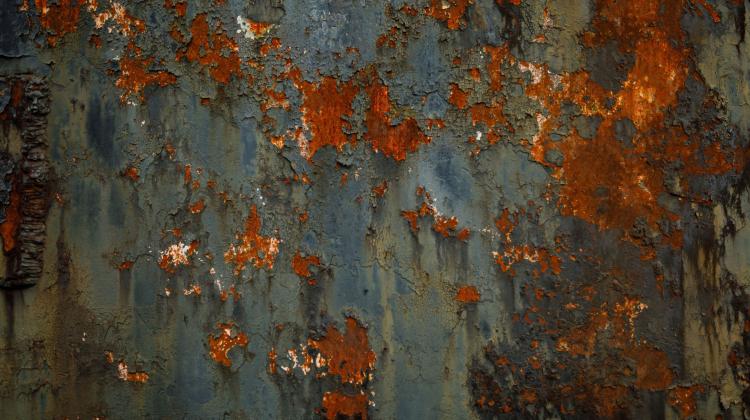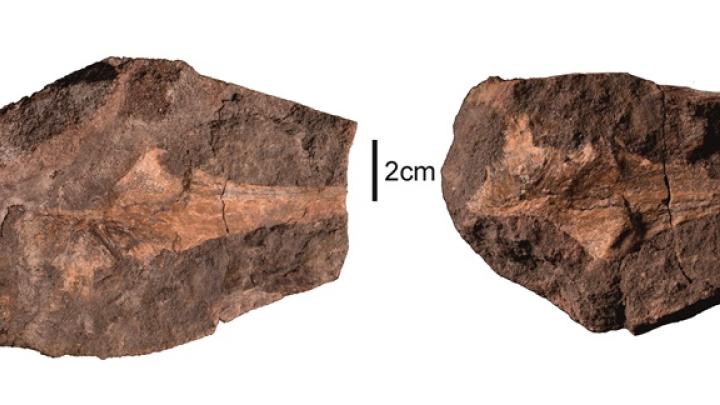New sources of terahertz radiation? Chances include Polish research
 Photo: Fotolia
Photo: Fotolia
Terahertz radiation still cannot be used practically, although it could find applications in medical diagnostics, communication or security. Research conducted with the participation of Polish scientists gives a chance for building new radiation sources.
The Foundation for Polish Science (FNP) reports on the research on its website. It was conducted at CENTERA by scientists from the Institute for High Pressure Physics PAS in cooperation with research teams from France, Germany and Russia.
The Foundation for Polish Science reminds that in the electromagnetic spectrum, between infrared and microwaves, is the invisible terahertz radiation. It is often called the forgotten band or terahertz gap. This is because it still cannot be used practically, despite its theoretically large application potential.
Terahertz radiation (also called T-waves, THz or submillimeter radiation) has many amazing properties, interesting from both scientific and economic point of view. One of them is the ease of penetration through most non-metallic materials, such as plastics, paper, clothes and wood, which means that it can be used to analyse the internal structures or composition of these objects. Unlike X-rays and ultraviolet radiation, THz waves are not harmful to humans or animals, so there is no need to use any special safety measures. THz radiation can also propagate in the air, providing vision in difficult weather conditions or transferring huge amounts of information.
Scientists predict many possible applications of submillimeter radiation: in medical diagnostics and the development of natural sciences (for example in terahertz microscopes), in communication (to increase the transfer speed), in security (in vision systems designed to work in difficult weather conditions and in scanners detecting dangerous objects, for example in parcels).
"One of the most important problems to overcome is the design of efficient and easy-to-use emitters of this radiation" - reads the release.
An international team presents the results of research tests that contribute to solving this problem in the journal Nature Photonics (https://www.nature.com/articles/s41566-019-0496-1.epdf?author_access_token=QBY9_r9nxxo1DnNa1E9uDtRgN0jAjWel9jnR3ZoTv0Pk3zh6Lk_9w0IYURdDNRac--Bb6uEfCCWmmJKAG_JSTx_SpOpXl1Y-0U82SZaRjbn_dWUKXMmA1K7Wx9wD1DfvFKqiXbhAnT7LZTqZ9n4xyg%3D%3D).
"For 40-50 years, physicists have dreamed of constructing a source of terahertz radiation in which it would be possible to change the wavelength using a magnetic field. Cyclotron resonance could be such a source, but an effect related to the behaviour of electrons stands in the way. In our experiments we have proven that this adverse effect can be eliminated by using the appropriate alloy of mercury, cadmium and tellurium. It is an unusual matter, in which the energy of electrons is proportional to their velocity, and not, as it usually is, to velocity squared. This means that the electrons behave completely differently, and this type of matter can serve as a source of terahertz waves" - say Prof. Wojciech Knap and Dr. Dmytro But from the the Centre for Terahertz Technology Research and Applications CENTERA in Warsaw, co-authors of the publication in Nature Photonics, quoted in the press release.
The unique alloy of mercury, cadmium and tellurium was produced by scientists from the Rzhanov Institute of Semiconductor Physics of the Russian Academy of Sciences in Novosibirsk, as part of the international cooperation program TERAMIR.
CENTERA is a new Centre of Excellence financed with EU funds by the Foundation for Polish Science under the International Research Agendas Programme (IRAP). The centre participated in research on new sources of terahertz radiation, conducted by several research teams, including teams from the University of Montpellier (France), Helmholtz-Zentrum in Dresden (Germany) and Laboratoire National des Champs Magnétiques Intenses in Grenoble (France).
PAP - Science in Poland
ekr/ agt/ kap/
tr. RL
Przed dodaniem komentarza prosimy o zapoznanie z Regulaminem forum serwisu Nauka w Polsce.
















